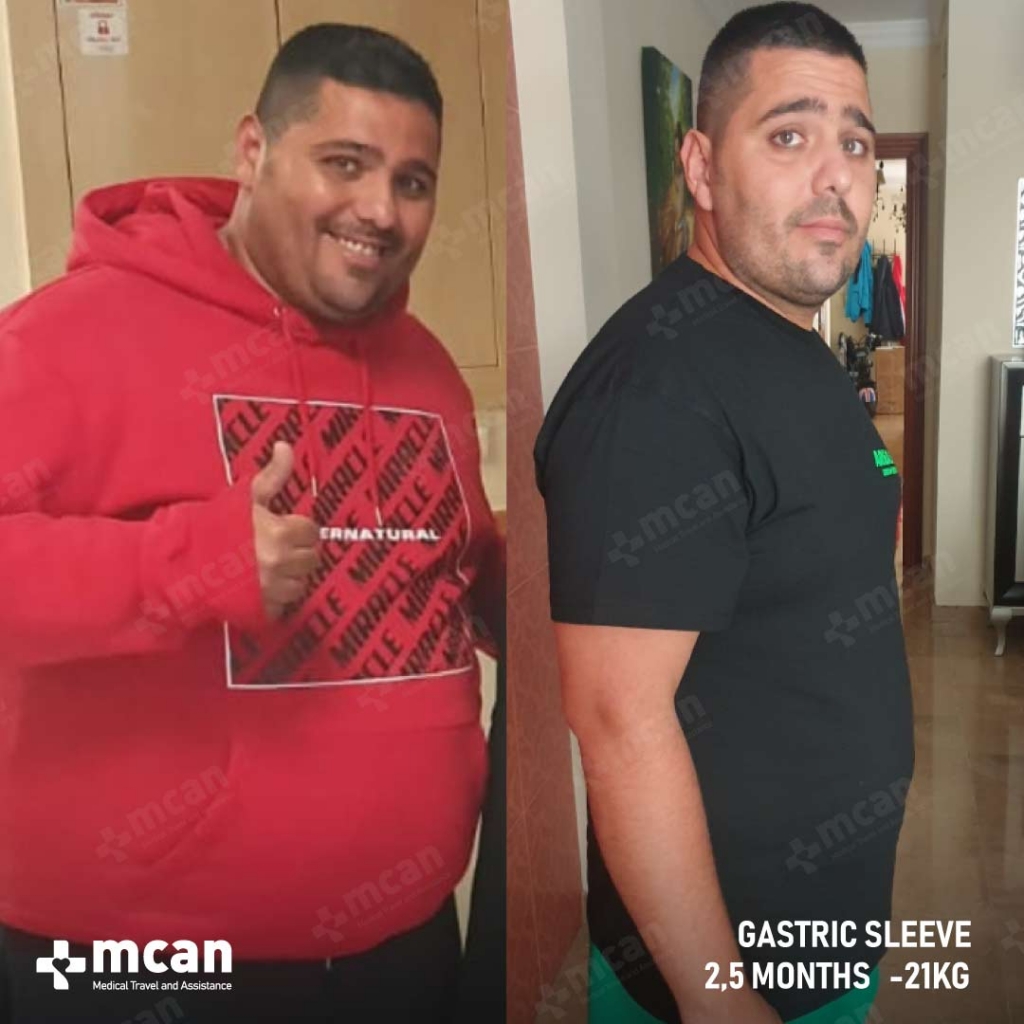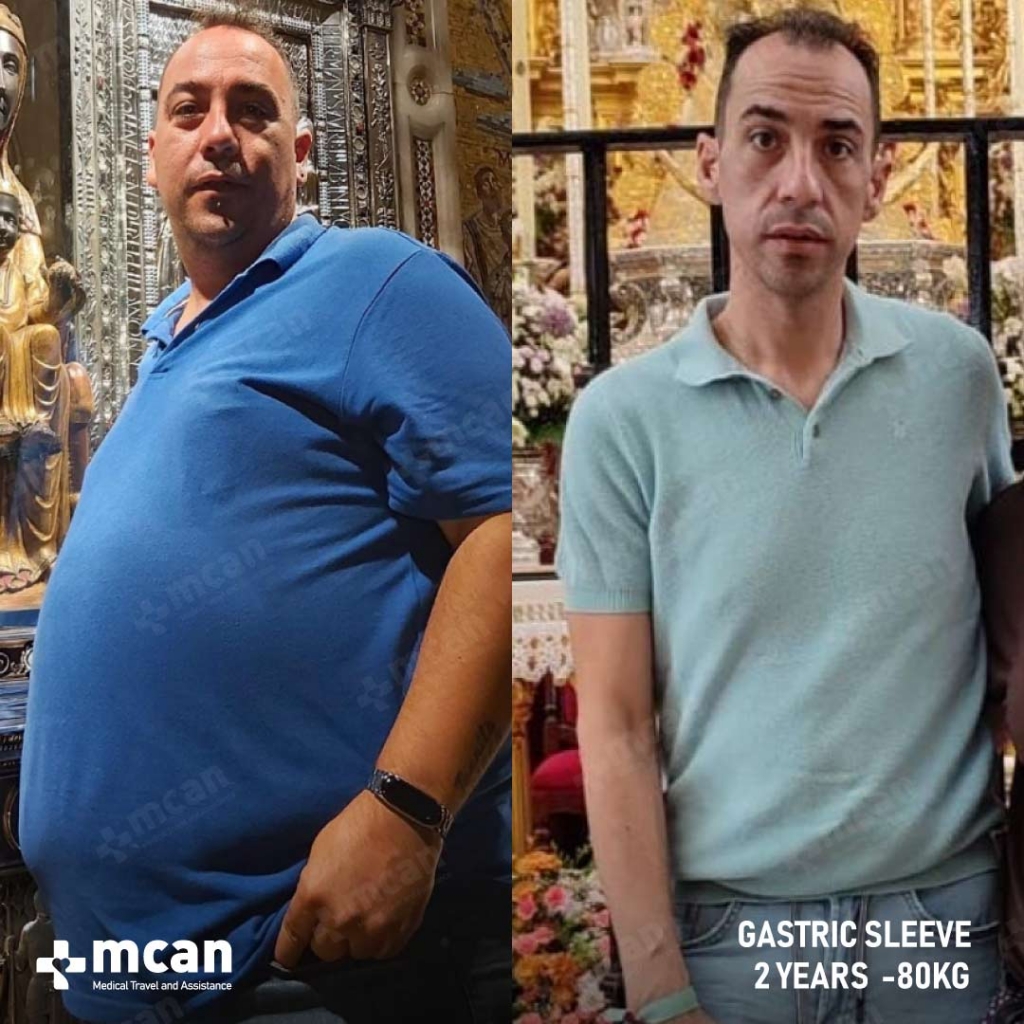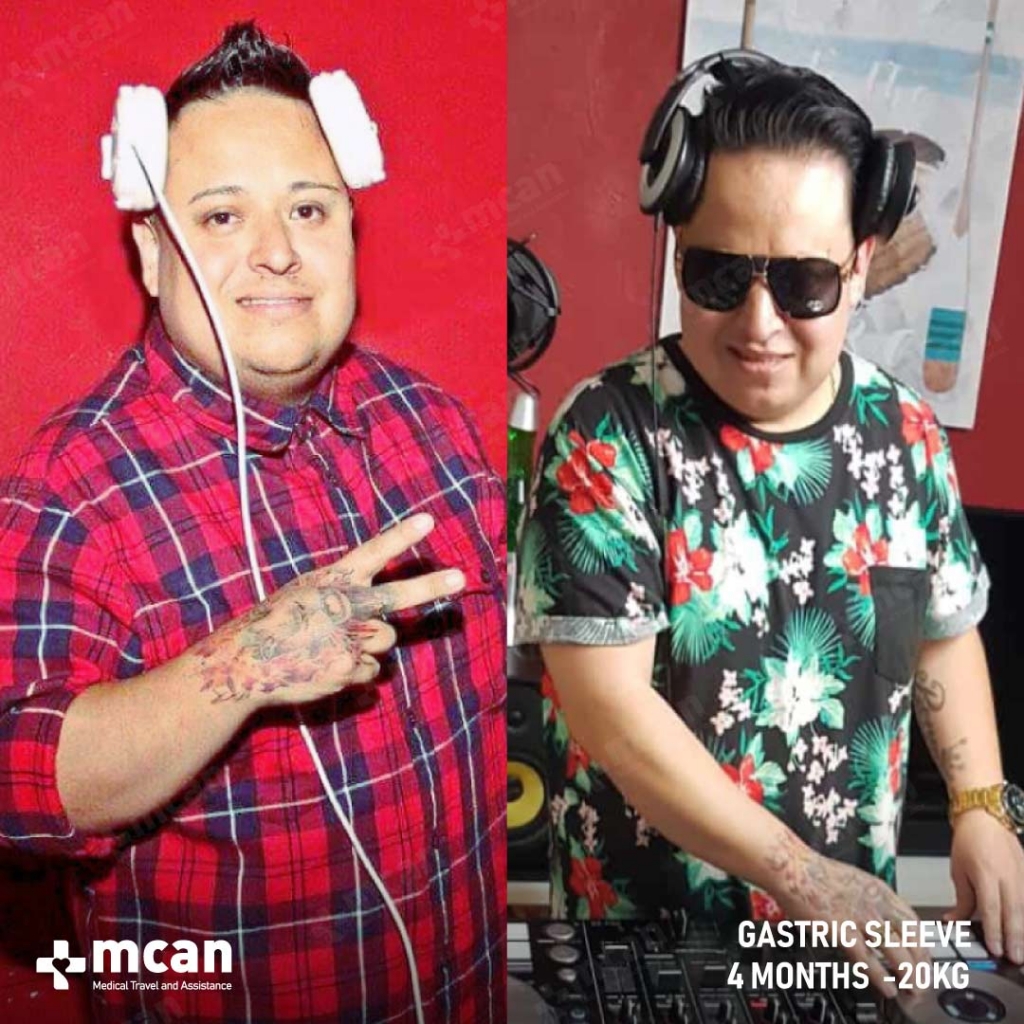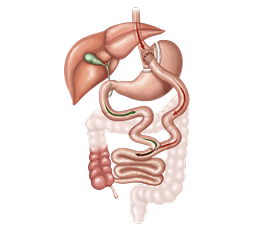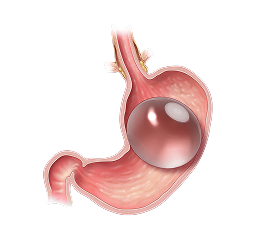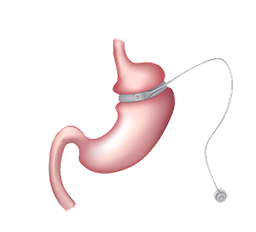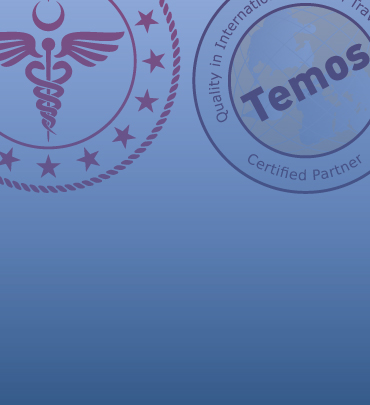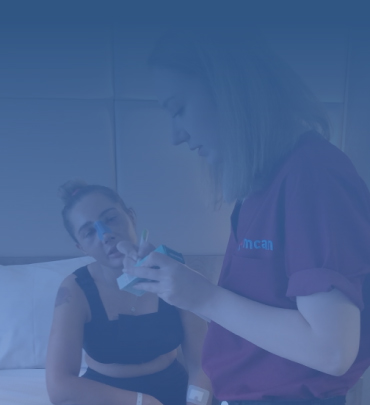Anesthesia
To ensure comfort throughout the procedure, general anesthesia is administered. This allows the patient to remain completely unconscious and pain-free during surgery.
Laparoscopic Access and Incision Placement
The surgeon makes small keyhole incisions in the abdomen, typically using minimally invasive laparoscopic techniques. This approach reduces scarring, minimizes post-surgical discomfort, and speeds up recovery.
Surgical Modifications
Depending on the selected procedure, the surgeon modifies the digestive system to limit food intake or reduce calorie absorption. In a gastric sleeve, a portion of the stomach is removed, while in gastric bypass, the stomach is reshaped, and part of the intestines is rerouted to support weight loss.
Closing the Incisions
Once the modifications are complete, the incisions are carefully closed using sutures or surgical adhesive. A compression garment may be applied to reduce swelling and support the healing process.
Post-Surgery Care
Patients are closely monitored in a hospital setting, where medical staff check vital signs, manage pain, and ensure proper hydration. Walking is encouraged early to prevent complications and support circulation.
Recovery and Follow-Up
Before discharge, patients receive a personalized recovery plan, including dietary guidelines, activity restrictions, and medications. Regular follow-up consultations track progress, assess weight loss results, and provide ongoing nutritional and lifestyle support to promote long-term success.







